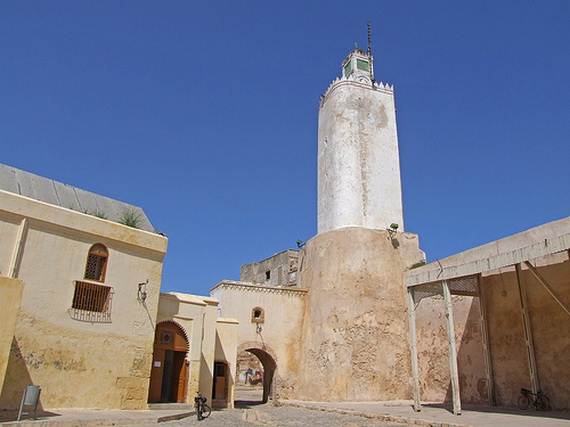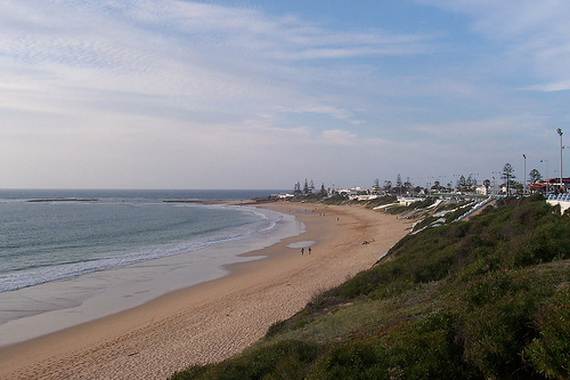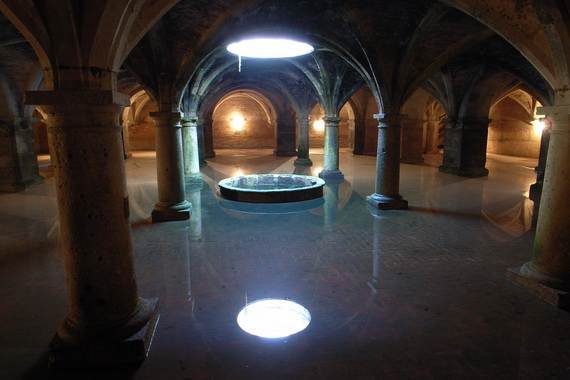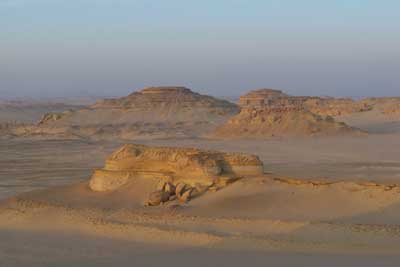The Portuguese City of Mazagan, today is a part of the port city of El Jadida on the Atlantic coast of Morocco and is a fine blend of the past and the present. The old Portuguese town, Mazagan has been added to UNESCO’s list of World Heritage Sites on 2004 due to the ‘Renaissance ideals integrated with Portuguese construction technology’. Other World Heritage Sites in Morocco also includes: Medina of Fez, Medina of Marrakesh, Ksar of Ait-Ben Haddou, Historic City of Meknes, Archaeological Site of Volubilis, Medina of Tétouan Medina of Essaouira . Morocco is one of the countries with the most heritage sites in the world, 9 in number.The preserved ruins from the sea, has a very “un-Moorish” appearance; it has massive Portuguese walls of hewn stone which reflect the architectural style of the Portuguese in northern Africa in the earth 16th century and an important window in understanding the Portuguese at the dawn of their Age of Discovery. It has been acknowledged for its fusion of elements, technology, town planning and interchange of influences between European and Moroccan cultures. It sets the stage for later-period Portuguese architecture in India and the Far East.

Portuguese City of Mazagan (El Jadida), was one of the first settlements of Portugal’s overseas empire,on the route to India, and was captured in 1502, and subsequently held on and ruled by the Portuguese until 1769 their last stronghold against the Filali (Alaouite) sultans when they abandoned Mazagão. Its inhabitants(the Portuguese settlers ) were evacuated to Brazil by infidels they founded new settlement Nova Mazagão (now in Amapá). It was deemed defiled for Muslim habitation, the city remained uninhabited until the mid-19th century. Then resettled by Moroccan Jews in 1821. The Moroccans recaptured Portuguese City of Mazagan (El Jadida was then taken over by Sultan Mohammed ben Abdallah).
Even after the Moroccan take over, a significant European and Jewish population remained in the city and a good number of buildings were erected.
Today that stand as excellent examples of the manuélin style ( late Gothic). architecture. Among the structures still standing in Mazagan today include;
-The bastions and ramparts is still can be seen today.The old city wall has four or five land-gates, one sea-gate into the harbour and four bastions; the Angel Bastion in the east, St Sebastian in the north, St Antoine in the west, and the Holy Ghost Bastion in the south. The fifth, the Governor’s Bastion at the main entrance,
– A Renaissance star fortress military design measures c 250m by 300m which the Portuguese had erected.
-As the sea route to India developed, the Portuguese built a citadel in 1514 was used as an arsenal and an armory, then was enlarged into a fortification constructed on the shore, from 1541-48, the main elements of the fortification are still in existence today.
-They also constructed 4 churches within the fortification.
-Remaining buildings from the Portuguese period are the old cistern( an impressive underground chamber-reservoir – 36 metres deep.The cistern is famous especially for the thin layer of water that covers the floor, with high vaulted ceiling which reflects in the water).Several movies have been filmed within the underground cavernous space, especially Orson Welles’ Othello (1952 film) best known internationally.
-and the Manueline Church of the Assumption are according to UNESCO, the most important buildings from the Portuguese period.
– Grand Mosque opposite to the Manueline Church of the Assumption was built when the city was taken from the Portuguese by the Moroccans in 1769, and subsequently development an impressive Mosque whose minaret was once a five-sided watchtower or lighthouse.
Mazagan is definitely one of the most interesting places in Morocco. It’s become very popular with the unique ambience, beautiful beaches Casablanca, known of its golden sand.





















































